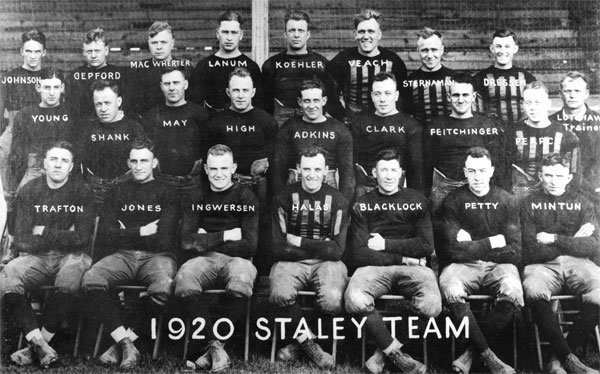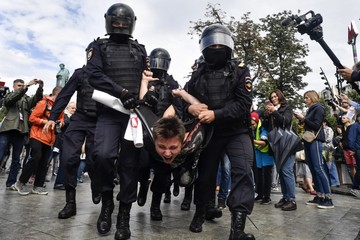"TAKE THE CHILDREN:
Children of the Lawrence strikers are hungry. Their fathers and mothers are fighting against hunger, and their hunger may break the strike.....
amazon.com/History-Americ…
Keep Current with Erik Loomis
This Thread may be Removed Anytime!
Twitter may remove this content at anytime, convert it as a PDF, save and print for later use!

1) Follow Thread Reader App on Twitter so you can easily mention us!
2) Go to a Twitter thread (series of Tweets by the same owner) and mention us with a keyword "unroll"
@threadreaderapp unroll
You can practice here first or read more on our help page!


